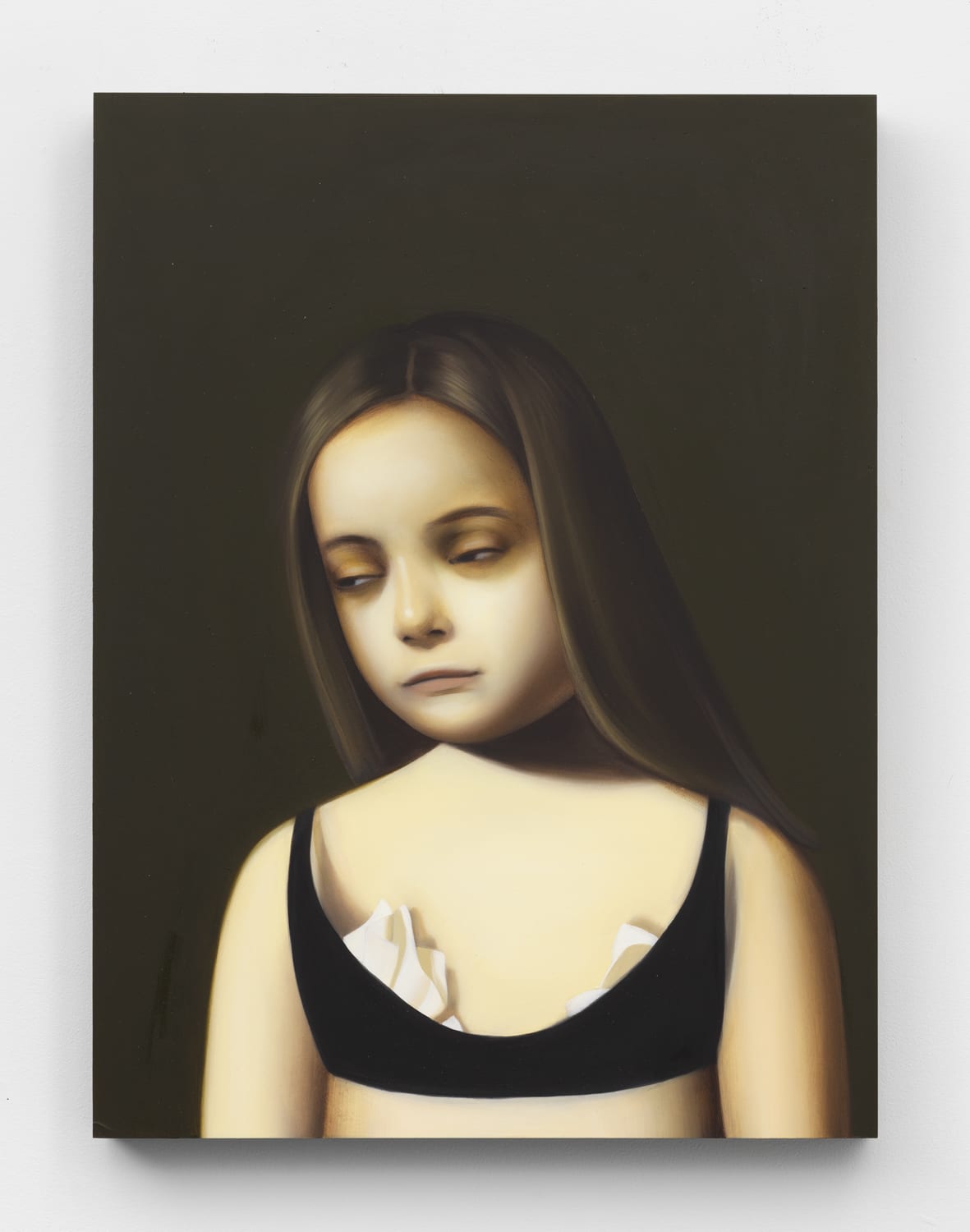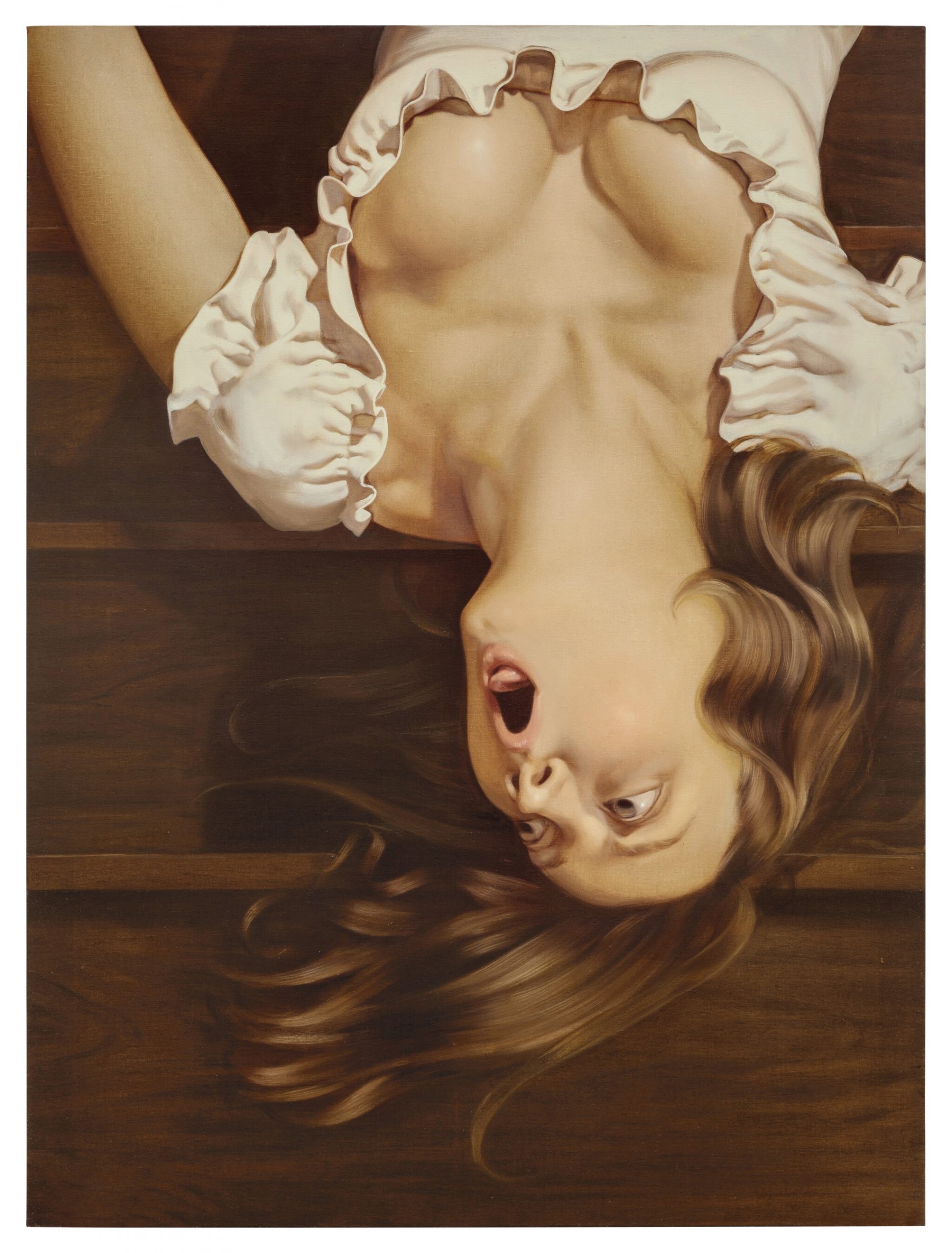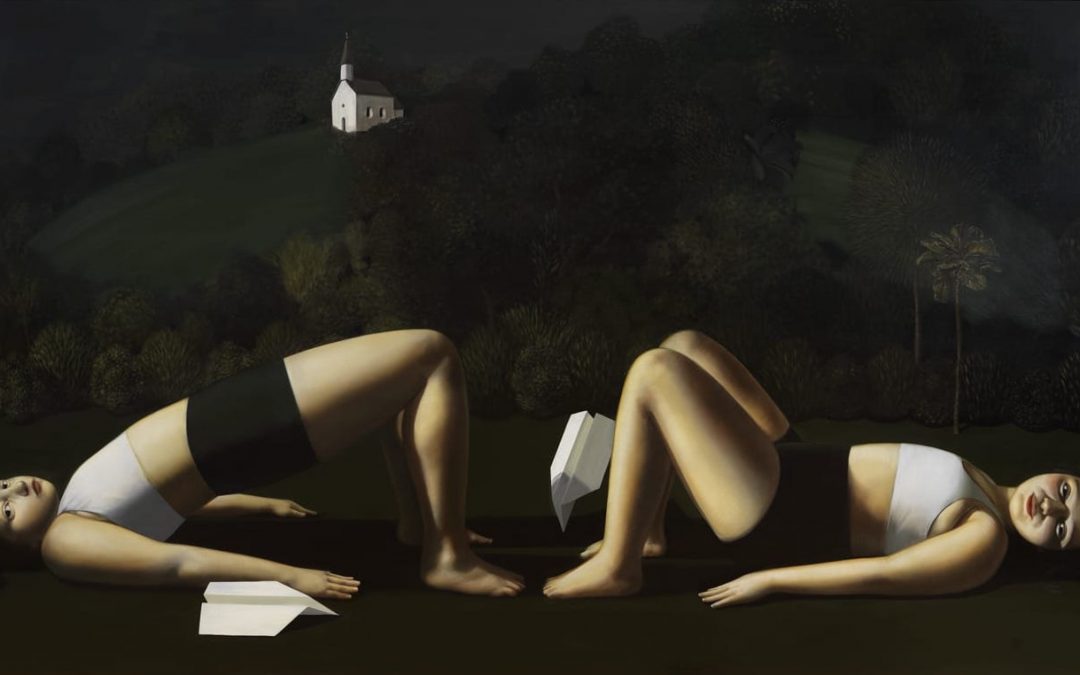The autobiographical tales of Anna Weyant
Anna Weyant is the artist of the moment: the New York art market has gone crazy for her.
At only 27 years old, she is the youngest painter part of the Gagosian stable, an art gallery that follows the heavyweights of international contemporary art such as Cindy Sherman and Richard Prince.
The artist began her journey by posting pictures of her paintings on Instagram, when in 2019 she was noticed by the renowned US art critic Jerry Saltz.
Thus Weyant’s climb has begun and her paintings, initially sold for 400 dollars, have reached six figures: during The Now Evening Auction on 19 May 2022 , Sotheby’s sold one of her paintings for 1.6 million dollars.
But what are her works about? The protagonists of her “autobiographical tales”, as she calls them, are young girls in a specific phase of life: adolescence, one of the most exciting but also most complex periods of existence.

Anna Weyant, Some Dolls Are Bigger Than Others, 2019. – Courtesy: of 56 Henry – Credits: Art of choice
The balance of light and darkness draws nourishment from the great masters of the Dutch Golden Age, mixing them with contemporary popular culture.
She tells the story of these awkward, smiling and curious but also sensual and mysterious young women.
All Weyant’s works tell a story of everyday life, but not only that. Around the smooth protagonists of the paintings, an ambiguous energy emanates, an aura that suggests a horizon beyond what the eye can see.
Through the use of figurative art, the artist tells a short story, a fantasy or an autobiographical memory in each painting. In this way, she intends to investigate the complex psychology of the adolescent phase, analysing some themes that are often seen as too personal and taboo. In this way, she touches the intimacy of each of us.

Anna Weyant, Falling Women – Credits: Sotheby’s
Exemplary is the work “Falling Woman”. A young woman upside down, almost like a Georg Baselitz figure, with her mouth and her eyes wide open.
If one reflects, the moment of the fall is one of the most personal moments: fear is pervading and there is no more room for appearance.
The artist thus brings to the stage a kind of modern representation of a myth, however subject to the understanding of the psychology of our time and to feel understood in our turn.

